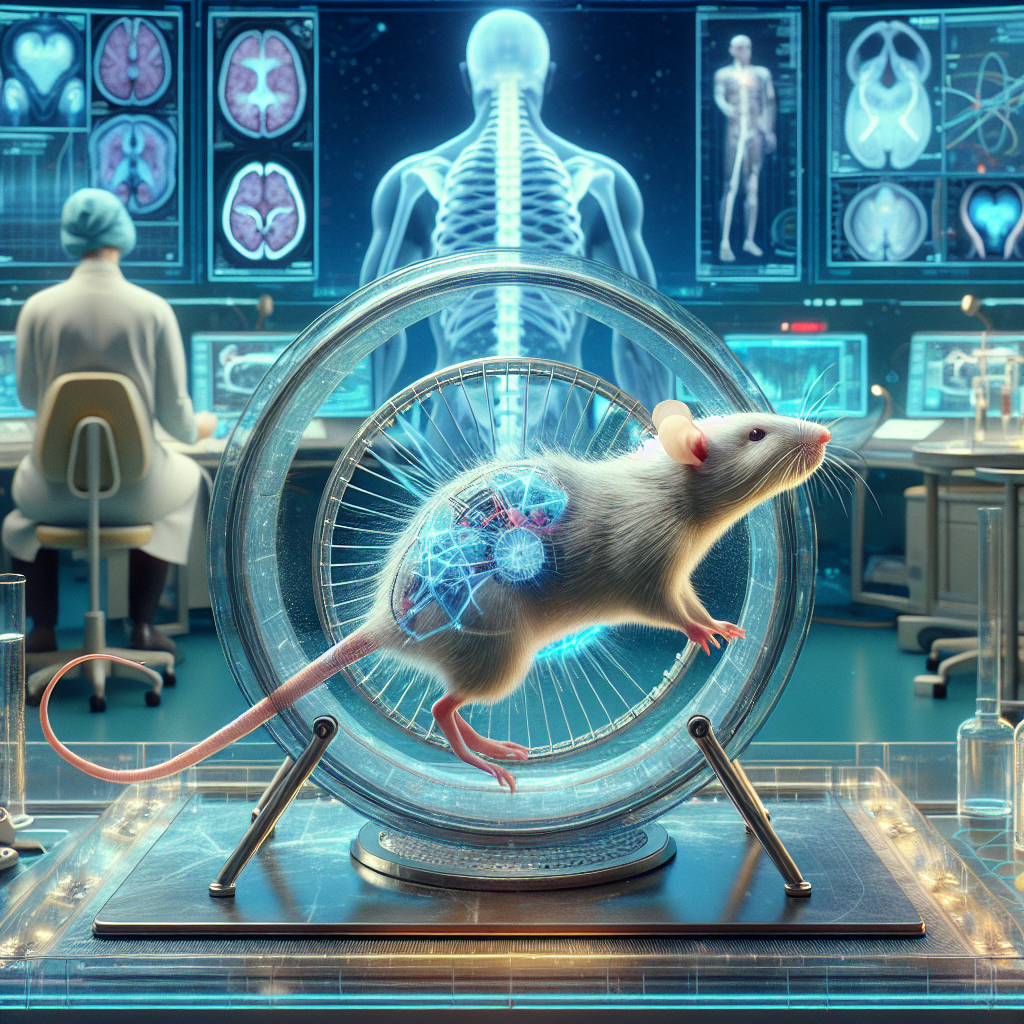Paralyzed Rats Show Recovery After Innovative Spinal Cord Repair
The quest for effective treatments for spinal cord injuries has captured the interest of researchers and medical professionals alike for decades. Recently, a groundbreaking study on rats has brought forth promising results, showcasing remarkable recovery abilities following a new approach to spinal cord repair. This innovation, facilitated by HydraDAO and Neuropeg, brings hope not only for veterinary applications but also potentially for human medicine.
The Study: A Revolutionary Approach
The research involved a collaborative effort between HydraDAO and Neuropeg, who aimed to explore the potential of novel biomaterials for spinal cord repair. The study utilized paralyzed rats as a model to test the efficacy of a cutting-edge neuroprosthetic device. The findings have opened doors to understanding how to regenerate spinal cord tissues effectively.
Understanding Spinal Cord Injuries
Spinal cord injuries often result in severe motor and sensory dysfunction, fundamentally altering the lives of individuals affected. The body’s inability to regenerate damaged tissues limits recovery options, making innovative treatments critically important. Current therapies primarily focus on symptom management rather than actual repair. This study is a pivotal step towards developing regenerative medicine strategies.
Key Findings of the Research
The experiments observed a variety of crucial outcomes, demonstrated through meticulous scientific methods. The key findings included:
- Partial Recovery of Mobility: Rats that underwent the spinal cord repair using the Neuropeg device exhibited significant improvements in their ability to move.
- Enhanced Neuronal Regeneration: The biomaterial used facilitated enhanced neuronal regeneration, suggesting that it actively promoted cellular growth.
- Improved Functional Capabilities: The research highlighted not only enhanced movement but also improved sensory functions in the test subjects.
These findings suggest that the innovative approach could offer substantial benefits in treating spinal cord injuries.
The Neuropeg Device Explained
The Neuropeg device is designed to bridge gaps in damaged spinal cord tissues, acting as a conduit for nerve growth. The device comprises bioactive materials that interact favorably with existing spinal tissues. Its ability to mimic the natural environment of nerve cells is a significant factor in promoting recovery.
Experts in neurobiology have expressed excitement over the potential of such devices. The implications for human application could revolutionize the way spinal cord injuries are treated.
Potential Applications and Future Directions
While the research was conducted on rats, the principles behind the Neuropeg device could readily apply to human medical treatments. The potential applications include:
- Rehabilitation Post-Surgery: The device could be integrated into surgical procedures to enhance recovery time and outcomes.
- Emergency Response: Its use immediately following injury could drastically alter the prognosis for many patients.
- New Therapies: The biomaterial could lead to the development of new regenerative therapies aimed at complete recovery rather than mere management.
As we look to the future, researchers and medical professionals are enthusiastic about the next steps in this line of research. Larger-scale studies and eventual human clinical trials will be essential to confirm the safety and efficacy of the Neuropeg device.
The Path Toward Human Trials
Transitioning from animal studies to human trials involves rigorous protocols. Ensuring the safety of the Neuropeg device is paramount, as is evaluating the best procedures for its implementation in human patients. Future research will need to address various considerations such as:
- Long-term effects of the device on human biology
- Adaptation of the device to different injury types
- Regulatory measures and ethical considerations in human testing
These considerations will be integral to advancing this research into clinical practice. Ensuring adherence to ethical research standards will foster trust among participants and the general public as this innovative science moves forward.
Challenges Ahead
Despite the exciting findings and potential applications of the Neuropeg device, challenges remain. Some of the potential obstacles include:
- Regulatory Barriers: Gaining the necessary approvals from health authorities can be a lengthy process.
- Funding: Securing sufficient funding for further research and eventual human trials can pose significant hurdles.
- Public Awareness: Educating the public about the new treatment options will be essential for acceptance.
Addressing these challenges will require the collaborative efforts of researchers, medical professionals, investors, and advocacy groups.
Conclusion: A Beacon of Hope
The groundbreaking research on spinal cord repair using the Neuropeg device offers a beacon of hope for countless individuals affected by spinal cord injuries. As scientists move forward in testing and perfecting this innovative treatment, the prospect of restoring mobility and enhancing quality of life for patients becomes increasingly attainable.
With every discovery, we take steps closer to realizing the potential of regenerative medicine. The collaborative efforts of HydraDAO and Neuropeg have set a foundation that could one day lead to transformative therapies, impacting not just the animal kingdom but extending to human medicine. As the journey continues, the scientific community watches eagerly, hopeful that new frontiers in healing and regeneration await.
Stay tuned for updates on this groundbreaking research and its potential applications!




